Suddenly, your Amazon sales have taken a turn for the worse. Your products that were outperforming the rest simply stopped generating as much revenue. What’s going on? You might start to panic, but before you do, you should consider running a gap analysis for your Amazon campaigns.
Whether your sales have gone drastically up or down, a gap analysis can help you figure out the cause of the shift—aka the “gap” in your performance. In this blog, we’ll look at how to run a gap analysis and fix common problems on Amazon.

What is a Gap Analysis?
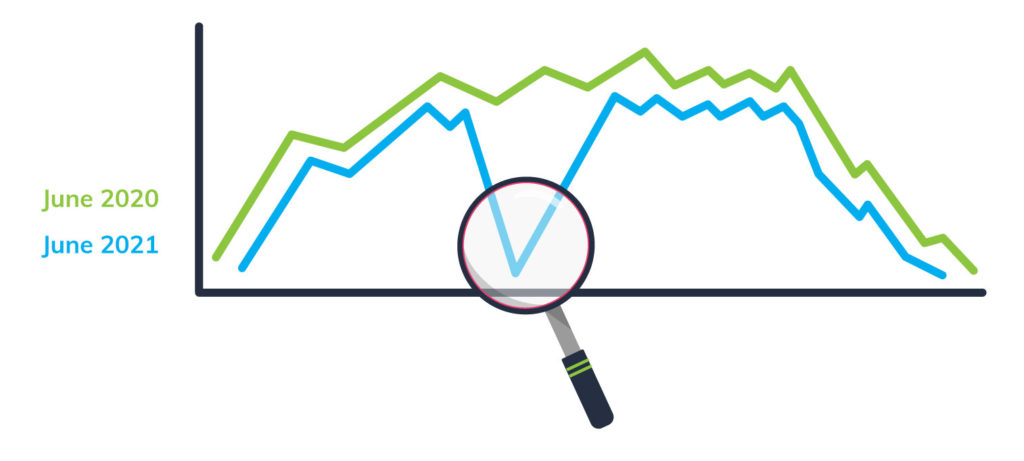
A gap analysis compares your past Amazon performance to your current performance to identify “gaps”. Running a gap analysis on Amazon can help you find changes in performance over time for your top products and keywords. Using your findings, you can make timely changes to your Amazon ads and campaigns.

Why You Should Run a Gap Analysis
1. Determine the Cause of Shifts in Performance
A gap analysis can help you find the cause of shifts in your performance. Was the change in performance caused by change you made or external factors? For example, if you see campaign performance dip after a certain date, you may realize that was the day that you started to cut back on bids.
Alternatively, if there was an event that occurred within the dates of your gap analysis, you may be able to chalk that up to external factors. For example, when the pandemic started, fabric retailers saw a spike in sales as shoppers wanted to make their own masks.
2. Choose Which Keywords to Push
After you uncover the cause of changes in your performance, you can act on that information. Using the results of this analysis, you can choose which keywords or products to push and which to pull back on.

Common Amazon Problems that Can Be Solved with a Gap Analysis
1. “My top Amazon products stopped selling.”
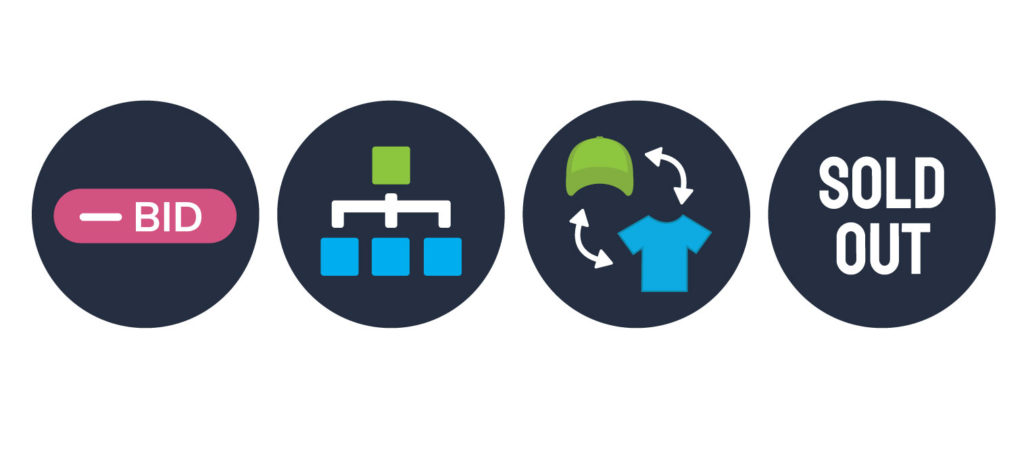
It’s one of the worst feelings.
Your top-selling products suddenly aren’t selling like they used to. If this happens, it’s time to run a gap analysis.
Start with the dates surrounding the drop-off in sales. Compare a week or so surrounding the drop to the week prior. You should be able to pretty clearly see the drop in sales compared to the previous period.
These discrepancies or gaps in performance can be caused by factors such as:
- Decreasing bid amount by too much
- Changes to your campaign structure
- Products changing between ad groups
- Changes to which products are advertised (i.e. a top product is out of stock)
After you discover what caused the shift in your performance, you can adjust your campaigns to set them back on the path to success!
2. “Amazon revenue is down even though my products are in season.”
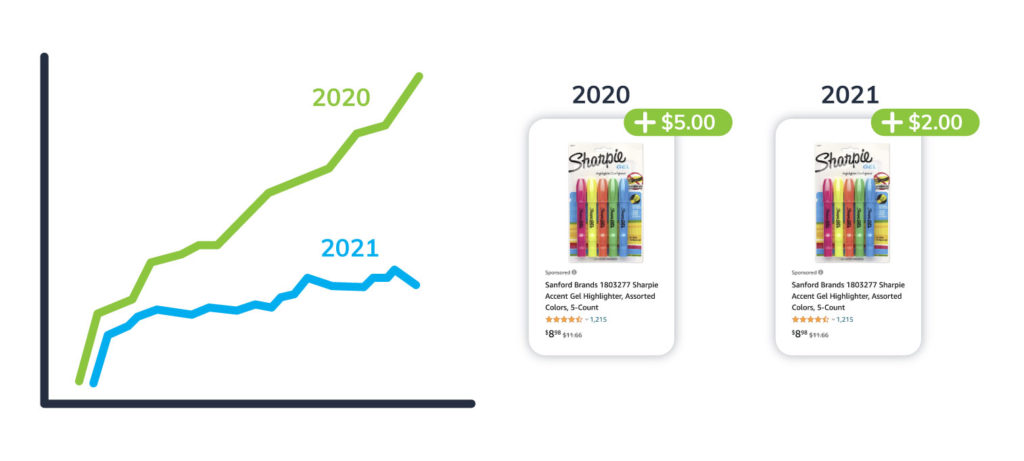
Do you have products that perform well during a certain time of the year? If yes, it might be surprising when those products finally come into season, but they aren’t performing like they usually do.
Let’s look at an example. Imagine you sell back-to-school supplies. It’s September and your usual amount of sales are nowhere to be seen—why? A gap analysis can help you find out.
You compare September of this year to September of last year and notice that last year your bids were significantly higher. As products come into season, many retailers raise their bids to drive additional sales. This increased competition leads to higher CPCs—but after the season is over, CPCs drop again and bids are reduced.
This year, though, you failed to raise your bids to account for the increase in CPCs—so you’re losing out to the competition. You use this information to readjust your bids to match last year, and your school supplies start selling again!
3. “I’m not sure how to optimize my Amazon campaigns.”
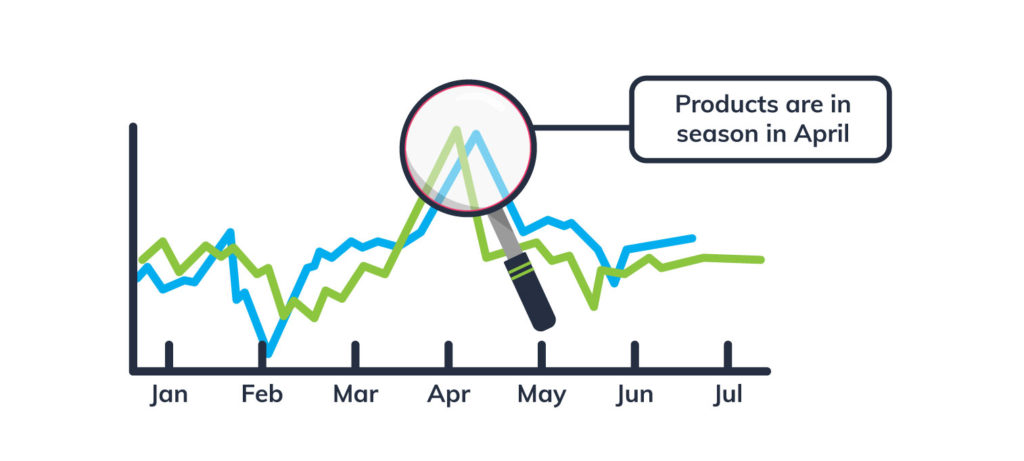
Running a gap analysis is a great way to do a maintenance check of your Amazon campaigns. By regularly performing gap analyses, you can make sure your Amazon campaigns are performing well—and growing!
It’s also a safety net for your top-performing keywords and products. Checking up on the performance of your top-performers ensures that you continue to get sufficient traffic—and a steady income of conversions and profit that is in line with your historical performance.
Running a gap analysis can also help you discover which times of the year are most profitable for your business. In our above example, the back-to-school retailer was already aware of the seasonality of their business. For other retailers, seasonality isn’t always so clear. By running frequent gap analyses, you can learn when to increase spend when your products are most likely to sell!
Related Blog: 5 Ways to Optimize Your Amazon Campaigns

How to Run a Gap Analysis for Amazon Campaigns
1. Make Sure You Have Enough Data
You will need to religiously download your Amazon reports every 90 days. (Amazon doesn’t allow for lookback windows longer than that—so you’ll lose out on that data otherwise.) After you download your reports, you will need to keep your reports organized so when it comes time to run an analysis, you will need to find the appropriate reports and then compare your data.
Download all the reports you think you may need, including campaign performance reports and search term reporting. Both can be useful for gap analyses: campaign reports for comparing big-picture performance and search terms for identifying changes in search behavior.
2. Determine Your Dataset

After you have secured your Amazon data, it’s time to determine your dataset. You can compare any time window that suits your needs. For example:
- Current 30 days to previous 30 days
- September 2020 vs. September 2021
- Q1 2020 vs. Q1 2021
3. Pull Relevant Data
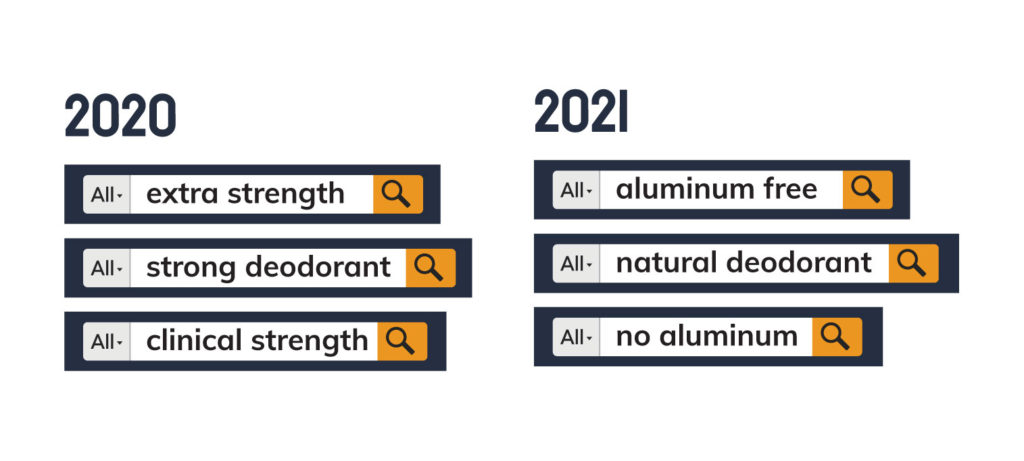
What data do you want to compare? You can look at keywords, products, campaigns, and ad groups in your gap analysis. For example, if a certain campaign isn’t performing well you can compare that campaign’s past performance to its current performance. Let’s look at an example of how to compare keywords in your gap analysis.
First, identify your top performers from the past data set. For example, a body care retailer might want to identify why their extra strength deodorant is seeing slower sales. To investigate they look at their past data and see that keywords for “extra strength deodorant” were performing well in the previous year—which is in line with what they know.
Next, look for top-performing keywords and products in your current data set. When the body care retailer looks at this year’s data, they see that keywords containing “aluminum-free deodorant” are now top performers. They realize that their extra strength deodorant isn’t performing well because consumers’ priorities have shifted.
4. Make Adjustments
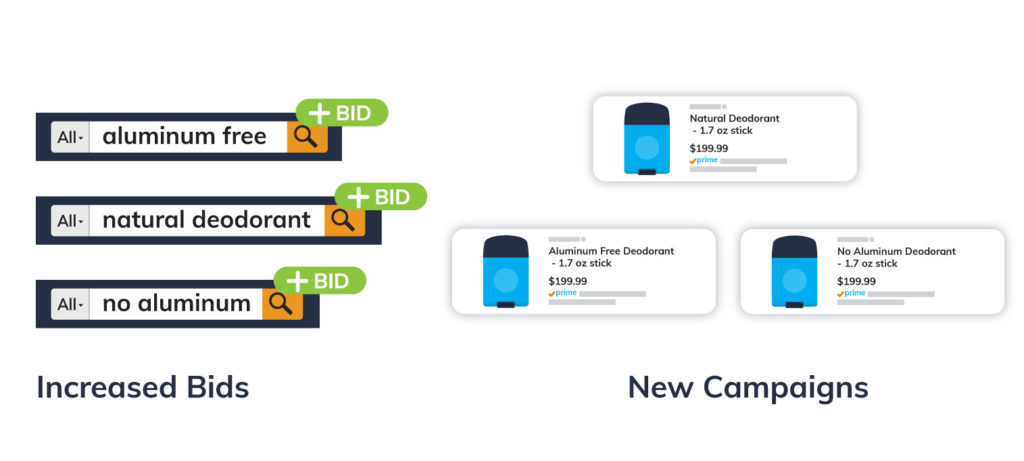
Using the discovery from our previous example, the body care retailer decides to increase bids for aluminum-free deodorant. They also create keyword targeting campaigns surrounding these products to take advantage of the change in interest.
As you can see, running a gap analysis can help you discover why certain keywords, products, campaigns, and ad groups are not performing as well. Once you identify the cause, you can direct spend towards your top sellers and make adjustments to your account.
5. Routinely Run Gap Analysis
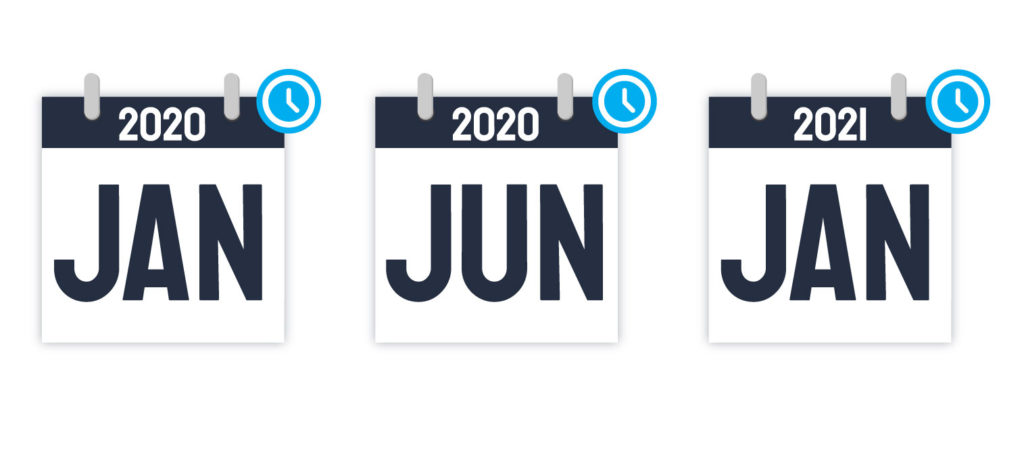
Was this change in traffic just a fluke, or was it because of a shift in consumer behavior? Did the update you made after running a gap analysis improve your sales in revenue? To make sure your findings were accurate, it’s important to continue to run gap analysis for these segments.
This will help you validate that the changes you made are having a positive impact on your top-performing keywords, products, campaigns, and ad groups.

If you’re ready to take your Amazon campaigns to the next level, reach out today to speak with an Omnitail analyst. We would love to talk about how we can grow your Amazon campaigns.







